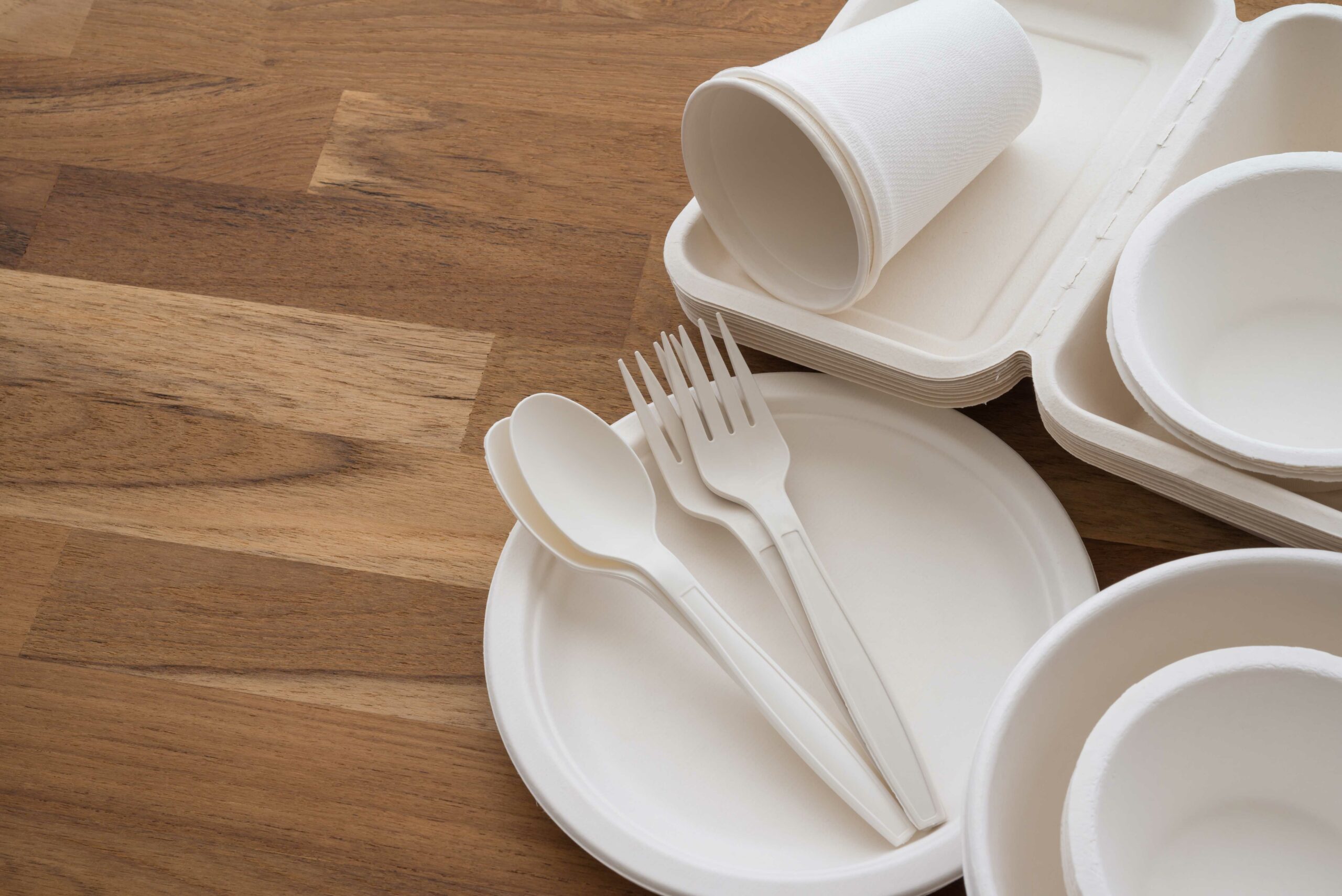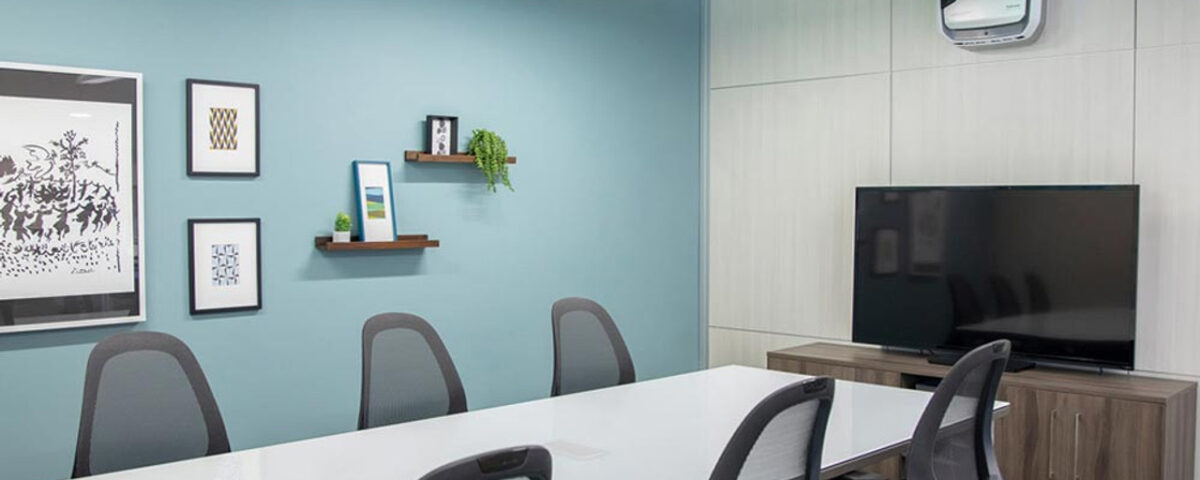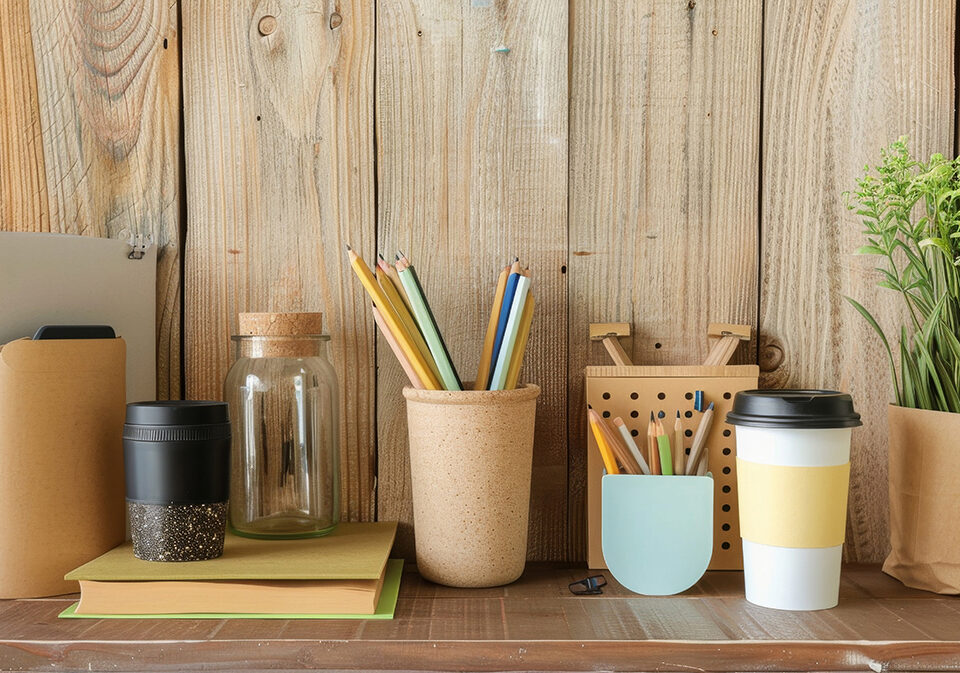It’s Time to Breathe Easy With Fellowes Air Purifiers

Designing Your New Office: Step by Step
January 25, 2023
Switch to Sustainable & Biodegradable Food Service Disposables
August 15, 2023No matter the headlines, for every industry, everywhere, air quality in the workplace should always be a top priority. By staying informed with the latest advances in air filter technology, you set yourself up for success, wellness, and productivity. Unlock the benefits of high air quality today!
Fellowes AeraMax Pro Air Purifiers
At Guernsey we rely on the AeraMax Pro series of air purifiers to maximize indoor air quality. Designed to provide up to five full air exchanges per hour, you’ll find an AeraMax perfect for any room. Their EnviroSmart Technology uses laser sensors to detect movement, motion, and air quality, so your purifier is only working when it needs to. This saves energy and extends the lifespan of your filter, all while accommodating rooms up to 1,100 square feet.
Purview Technology gives you up-to-the-minute information on air quality and filter efficiency. Watch as the number of particles going into your Fellowes purifier rises, and the number of particles leaving it falls.
The AeraMax Difference
Staying on top of the latest cleaning equipment is the best way to maintain your office. Fellowes Air Purifiers use a state-of-the-art process featuring four levels of filtration. Designed for year-round use, this unique process creates cleaner, healthier work environments.
Pre-Filter
By capturing large particles first, your Fellowes Air Purifier extends the lifespan of the smaller filters.
Active Carbon
Volatile Organic Compounds (VOCs) are the chemical byproducts of common household materials and products, and activities like cooking. VOCs contribute to dust, odors, and other airborne particles that can be harmful. The Fellowes Active Carbon Filter removes VOCs, preventing odors and contamination.
HEPA
Featured in the AeraMax Pro AM3 and AM4 Units, the H13 True HEPA filter catches 99.95% of airborne contaminants, including:
- Residual Smoke
- Dust
- Allergens
- Viruses
- Particles as small as 0.1 microns
Ionization
Finally, the PlasmaTrue Bipolar Ionizer safely removes the last of the airborne pollutants in your space.
Benefits of High Air Quality in the Workplace
Maintaining an inviting workplace with high air quality has numerous business benefits, ranging from improved employee health and productivity to enhanced brand image and cost savings. Prioritizing clean air creates a healthier, happier, and more productive work environment, which can contribute to the long-term success of a business.
Employee Health & Productivity
Clean air reduces the risk of respiratory issues, allergies, and other health problems, leading to improved employee well-being. Healthy employees are more likely to be productive, focused, and provide a boost to overall productivity and efficiency.
Enhanced Employee Satisfaction is & Retention
A healthy work environment demonstrates that the company values its employees’ well-being. Providing clean air shows you care for their health and comfort, leading to increased job satisfaction and higher employee retention rates. Employees are more likely to stay with an organization that prioritizes their health and provides a pleasant working atmosphere.
Reduced Absenteeism & Healthcare Costs
Poor indoor air quality can contribute to “Sick Building Syndrome”, causing respiratory issues, headaches, fatigue, and other health problems. By maintaining high air quality, employers can reduce absenteeism rates and related healthcare costs, resulting in improved financial outcomes for the business.
Improved Cognitive Function & Decision Making
Clean air enhances cognitive function, concentration, and mental clarity. Employees working in an environment with high air quality are more likely to make better decisions, solve problems efficiently, and exhibit improved cognitive performance. This can positively impact overall business outcomes and decision-making processes.
Positive Brand Image
Demonstrating a commitment to a healthy work environment can contribute to a positive brand image. It portrays the company as socially responsible, environmentally conscious, and employee-focused, which can enhance its reputation among customers, clients, and potential employees. A positive brand image can lead to increased customer loyalty, attract top talent, and create business opportunities.
Energy Efficiency & Cost Savings
Improving air quality often involves implementing energy-efficient systems and practices, such as efficient HVAC systems and proper ventilation. These measures can reduce energy consumption, resulting in cost savings for the organization over time.
Compliance & Liability
Poor air quality that leads to health issues can potentially result in legal liabilities. By maintaining high air quality, businesses can maintain compliance with safe workplace requirements, while mitigating the risk of employee complaints, lawsuits, and liability claims.




